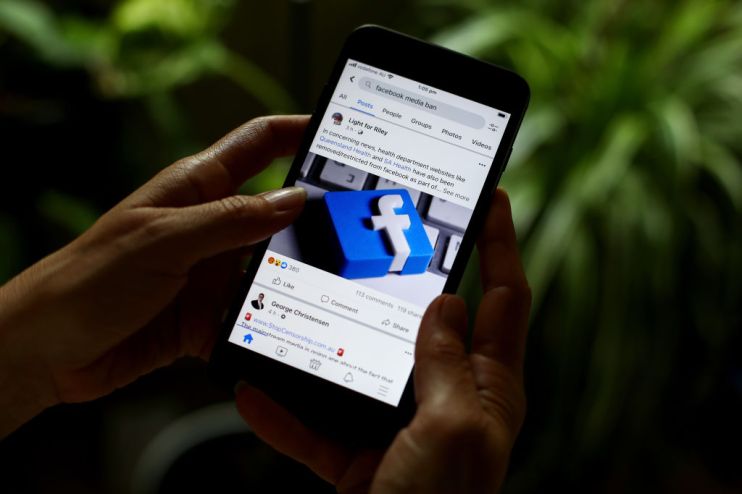Facebook: personalised advertising isn’t all bad – it can support bricks and mortar retail

There has been much talk in recent years about “bricks versus clicks” and the threat that the rise of online shopping would ultimately mark the downfall of the Great British High Street.
The strongest small to medium sized businesses are those that make the most of all the channels available to them to reach their customers. A successful recovery will mean the online tools and skills that businesses have developed during the pandemic will help them thrive in the future, where businesses will need to simultaneously serve people who are racing back to experience in-person shopping as well as cater to those who prefer the convenience of online.
When the pandemic started, so many businesses became digital businesses practically overnight. They built up their e-commerce presence, adapted their business models to sell experiences and delivery services, or served customers through messaging services. Through digital upskilling, they created new revenue streams and grew customer bases nationally, and sometimes globally through online advertising and social media.
Now that shops are reopening, those carefully built up digital presences will be vital communications channels to help owners drive people back to the high street – from telling people about opening hours, to driving footfall through relevant advertising. There can be a symbiosis between online platforms and physical stores, creating a model where your online and physical presence work together to provide the best customer experience.
One example of this approach is the Kings Barbers Club in Birmingham. Adam Choudhry has used social media to grow his business from a single shop to 14 locations. He used the first lockdown to build a digital strategy that would drive online bookings and bring people back to his shops when he reopened them.
Most small businesses can’t afford a TV ad or a billboard, but they can set up a free page or spend £10 to reach new customers. Recent research show that for small businesses, ads that are targeted, yet affordable, work. 73 per cent of small businesses say that being able to reach the right audience is critical, and 64 per cent say cost is an important consideration in doing so.
Only relevant advertising can deliver the scale, attention, and affordability that makes advertising work and be profitable for a small business with a target audience built on locality. So much conversation about online advertising picks out the satchel business shipping globally thanks to online ads or the rapidly growing start up, built on Instagram, but the greatest winners are often local barbers, grocers, pubs and so many of the other mainstays of the high street as we know it.
These businesses don’t need to reach consumers in Beijing or establish a brand – they need to connect with people in their local community, let them know they are there and open, and they need to keep customers coming back. A targeted advertising campaign enables them to reach every possible customer in an area with a new offer and promote today’s specials to their existing customers for free or at a low cost.
That’s why nearly one in four small businesses surveyed on our platform have told us that they have been able to hire more people as a result of using Facebook. Combine that ability to bring bricks ‘n’ mortar trade with small businesses and their newly established online services, and the UK’s small business community has built a solid arsenal.
We need to ensure businesses continue to get the right support to get the most out of these digital tools. The UK government has taken the lead in helping business owners move online and build their digital skills, but they can’t do it alone. We have continued to invest in products such as Facebook Shops, to help with what must be a global effort.
Through uncertainty and multiple lockdowns, the nation’s small businesses are showing incredible resilience. Businesses in Britain are optimistic about the future, with two thirds confident in their ability to stay open over the next six months, compared to the global average of 54 per cent. Given that small businesses represent 99 per cent of all UK business and over 50 per cent of the workforce, this is encouraging.
Thankfully, as the UK starts to reopen retail the businesses that have shifted to digital now have two shopfronts for customers, both in-store and online, setting them up for even greater future success. This is vital, because when small businesses win, the UK wins.